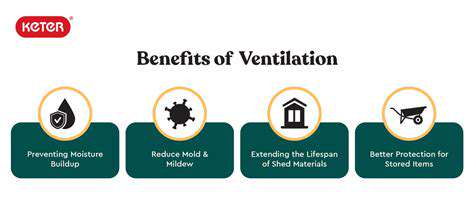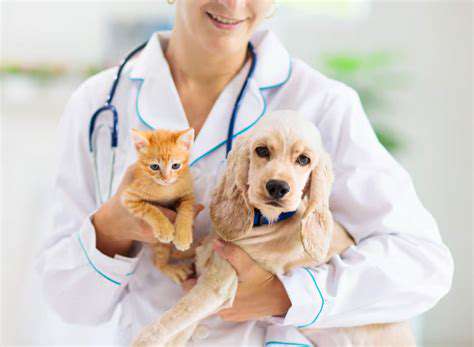Understanding Your Reptile's Shedding Process
The Stages of Reptile Shedding
Initial Signs of Shedding
Reptiles, like many other animals, shed their skin as they grow. This process, known as ecdysis, is a natural part of their life cycle, and understanding the stages of shedding can help you provide the best possible care for your reptile companion. One of the first signs of an impending shed is a dulling or clouding of the scales. The skin may appear less vibrant and shiny than usual, providing a subtle but noticeable change in appearance, which is often the first indication that a shed is imminent. This is a critical stage as it signifies the beginning of the process and sets the stage for the rest of the shedding cycle.
Another early indicator is the reptile becoming more active or restless. They may rub against objects more frequently or exhibit a heightened sense of awareness of their surroundings. This increased activity is often a sign that they are preparing to shed their skin. Observing these subtle changes in your reptile's behavior can provide valuable insight into the shedding process.
The Softening Process
As the shed progresses, the reptile's skin begins to soften and loosen from the underlying tissue. This is a critical stage of the shedding process. The old skin, once tightly adhered, starts to loosen and separate from the new, growing skin beneath. This softening process allows for the eventual release of the old skin. It's important to note that the rate of this softening can vary depending on the species of reptile and the overall health of the animal.
The Separation Stage
The old skin will begin to separate from the new, growing skin. This can be seen as a wrinkling or peeling of the skin, especially around the edges and joints. During this separation stage, the reptile may exhibit increased grooming behavior, as they try to help the process along. The separation stage can last for several days, depending on the size and species of the reptile, so patience is key.
The Sloughing of the Old Skin
Once the old skin is fully separated, the reptile will begin the process of sloughing it off. This often involves rubbing against various surfaces, such as rocks or branches, to help remove the old skin. Sometimes, the reptile may also use their mouth to aid in the process. Understanding the sloughing stage is crucial to ensuring the process completes without complications. The reptile's ability to remove the old skin efficiently is directly related to its overall health and well-being.
Post-Shedding Care
After the reptile has successfully shed its old skin, it is important to provide them with proper care to help them recover. This includes ensuring access to a clean water source, a balanced diet, and a comfortable environment. A reptile that has just shed may be more susceptible to infections or injuries, so it's important to monitor their behavior closely for any unusual signs. This is the final stage of the shedding process, marking a return to normal activity for the reptile.
Potential Issues During Shedding
Sometimes, shedding problems can occur. These problems can range from minor issues to more serious concerns that require veterinary attention. If you notice your reptile struggling to shed, such as having difficulty removing the old skin, exhibiting signs of discomfort or stress, or having a large portion of the skin stuck, it's essential to contact a reptile veterinarian immediately. Prompt veterinary intervention is crucial to ensure the reptile's health and well-being during this critical process.


Maintaining a Healthy Shedding Environment

Read more about Understanding Your Reptile's Shedding Process
Hot Recommendations
- Review: [Specific Brand] Small Animal Cage
- Why Rescuing Pets Saves Lives
- Best Pet First Aid Kits [What to Include]
- How to Help Stray Animals in Your Community
- Guide to Adopting a Pet When You Have Kids
- Top Reptile Heat Lamps
- Heartwarming Rescue Stories That Will Inspire You
- Review: [Specific Brand] Bird Cage
- Best Aquarium Filters [2025 Review]
- Review: [Specific Brand] Smart Litter Box











